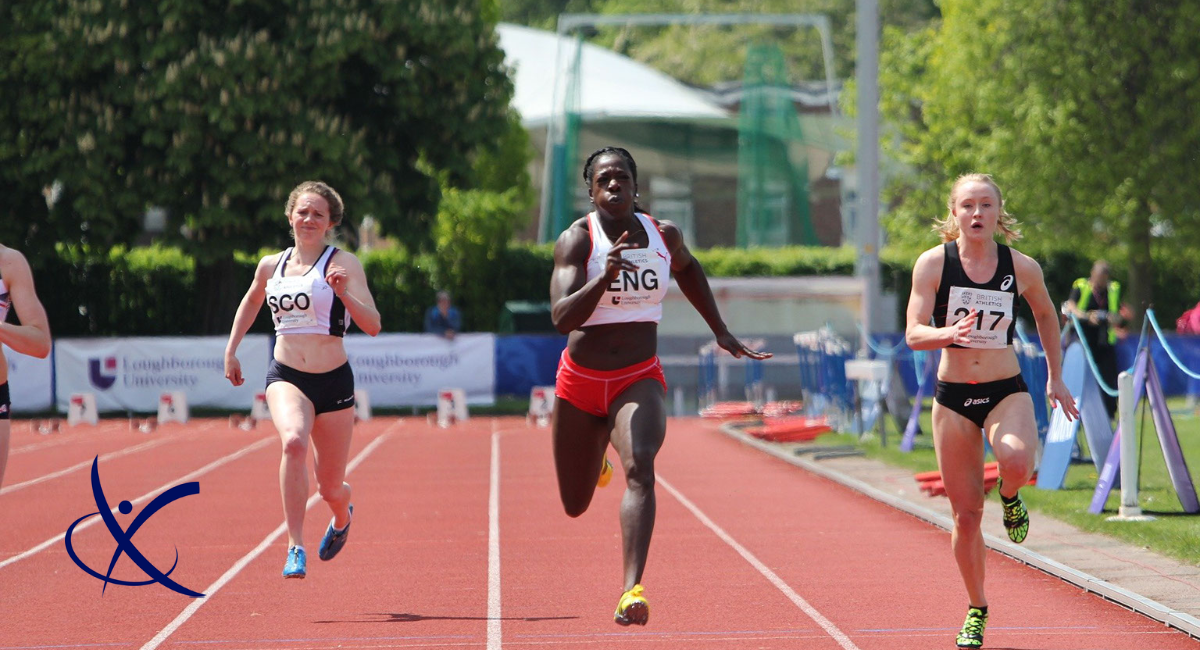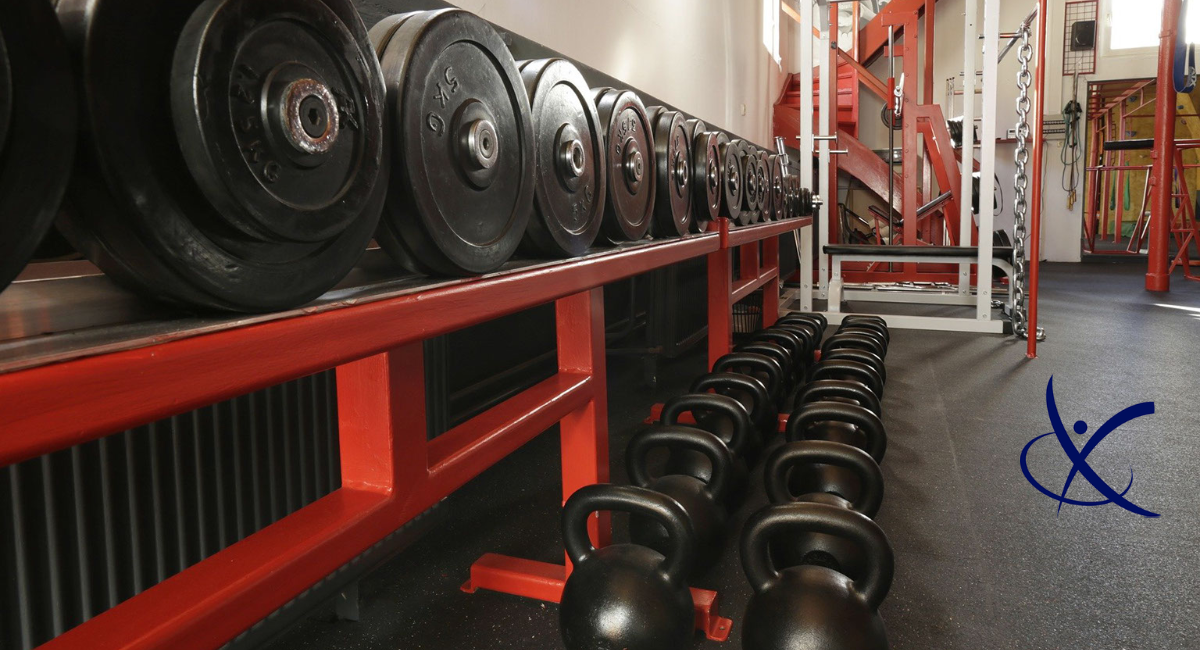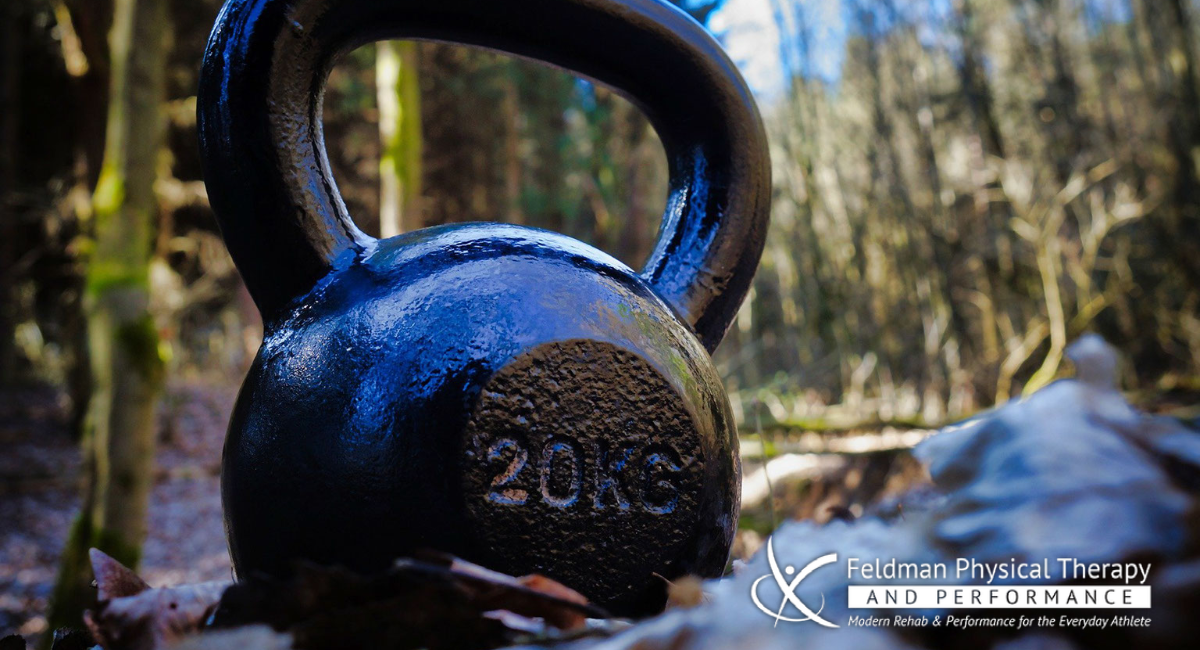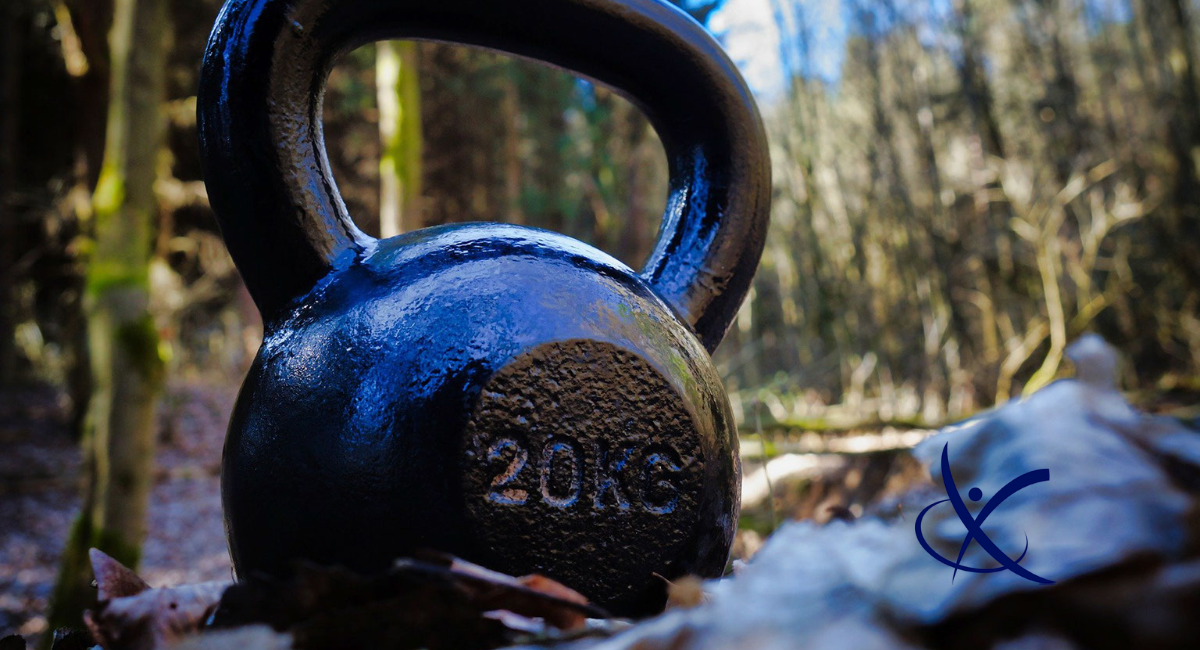
A Guide to Running Faster
December 21, 2020
A Method to Help You Choose Weights Wisely
January 10, 2021Kettlebell Swings
Training Preparation & Mastering the Movement
 Ah, the good old kettlebell swing. For some, it is a novelty in their exercise program but for others, it is a dreaded foe. It is something that takes some time to master but once competency is gained it is an amazing part of any training program. Not only can it help improve different ailments over time, but it is also a great way to improve athletic performance.
Ah, the good old kettlebell swing. For some, it is a novelty in their exercise program but for others, it is a dreaded foe. It is something that takes some time to master but once competency is gained it is an amazing part of any training program. Not only can it help improve different ailments over time, but it is also a great way to improve athletic performance.
John, Justin, and I are currently on our journey to 10,000 KB swings in the month of December. Call us crazy, but I think the three have been amazed by our abilities. Although I weight train regularly, I found the thought of performing 500 swings in a day more daunting than deadlifting a 200-pound barbell. Why? It is a stimulus I only throw at my body every so often and definitely not at such a high volume. Week one was a little bit rough, but so far 7,000 swings in I am stronger and more resilient than I was just a few weeks ago.
I recently had an old student of mine comment on a video of me performing kettlebell swings. His words, “Seeing someone actually hinge on a kettlebell swing is amazing.”. All too often the kettlebell swing is performed incorrectly with individuals “squat-swinging” instead of using the proper hip-hinge-based movement. Overutilization of the arms and over-extension of the lumbar spine are also things we see when individuals are not performing swings properly
These compensations are often due to the inability to perform or exaggeration of the movements needed to execute a kettlebell swing. Being underprepared and movement illiterate are two things that often bite people in the butt when they don’t know how to piece together the movements associated with a proper swing.
The foundation for a proper kettlebell swing lies in the hip hinge. If you do not know what I’m talking about, the hip hinge is a movement in which you bend forward at the hips while maintaining a neutral spine (watch the video below to learn more). It is not only an important movement to learn for a kettlebell swing, but also extremely important when mastering the deadlift or achieving a universal athletic position. It is often said that if you cannot perform a deadlift, a kettlebell swing should not even be in your exercise repertoire.
Even if you are competent at performing a deadlift, don’t just assume a kettlebell swing will come easy. Unlike a deadlift where you create tension throughout your body to move a load, the kettlebell swing has dynamic components. It is an exercise that requires a sense of body position awareness and utilizes a combination of power, strength, and endurance to perform. It is a cycle of contract and relax, where power is generated through the posterior chain (gluteus maximus, hamstrings, etc.) to propel the kettlebell upwards.
The power generated through your legs (not your arms) is what propels the kettlebell into a swing phase. Your arms work to initiate the return and decelerate the kettlebell when moving into your pre-swing position, but please note, other than holding onto the kettlebell and this slight deceleration, your arms are simply along for the ride! Just a small reminder, the downswing of the movement is somewhat passive in turn conserving some energy to generate a more powerful upswing.
Kettlebell swings are a great whole-body exercise. They are great for strength, power, and cardiovascular fitness. They are a dynamic movement that can sometimes be difficult to master, but that is why it is imperative to make sure you can properly hip-hinge and deadlift before the performance of swings. If you are struggling, make sure to watch the video below for more tips and as always, do not hesitate to ask any questions that you may have! Once you can perform all these movements together smoothly, I recommend putting them on repeat ?. Just keep swinging (or swimming as Dory would say).

Ashley Witson, PT, DPT





